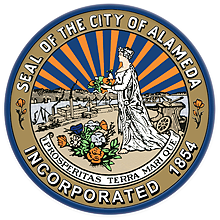
One of California’s most valuable tools for the preservation of historic resources is California's State Historical Building Code. While the California Building Code (CBC, section 3403.5) makes provisions for the special treatment of qualified historic buildings, the SHBC amplifies and codifies this protection. It’s statutory law (Health and Safety Code of 18950,et.seq.) as well as regulation (Part 8 of the Title 24, California Code of Regulations). The SHBC governs all other statues or regulations as they may apply to qualified historical buildings (H&S 19956).
The SHBC recognizes and endorses the need—on a case by case basis—to find and adopt reasonable alternative or reasonable levels of equivalency for situations where strict compliance with established statues or regulations would negatively affect an historic resource’s historic appearance or jeopardize its economic viability.
A "qualified historical building" is defined as any building, group of buildings, district, site or object, which is listed by any level of government as having historic importance. This also includes those resources listed in the State of California’s evaluated inventory, and given any level of significance other than "not eligible". Also included are ships and railroad rolling stock of historical significance.
The SHBC is noteworthy because it is essentially a performance code rather than a prescriptive code. And although certain section such as "Access" and "Structural" have prescriptive element, even these elements exist to provide a framework within which unique solutions may be custom tailored to the specific problems related to each unique historic resource. Also noteworthy is the fact that the "Triggers" routine found in standard building code, requiring full upgrading of the facility, do not exist for qualified historic buildings.






